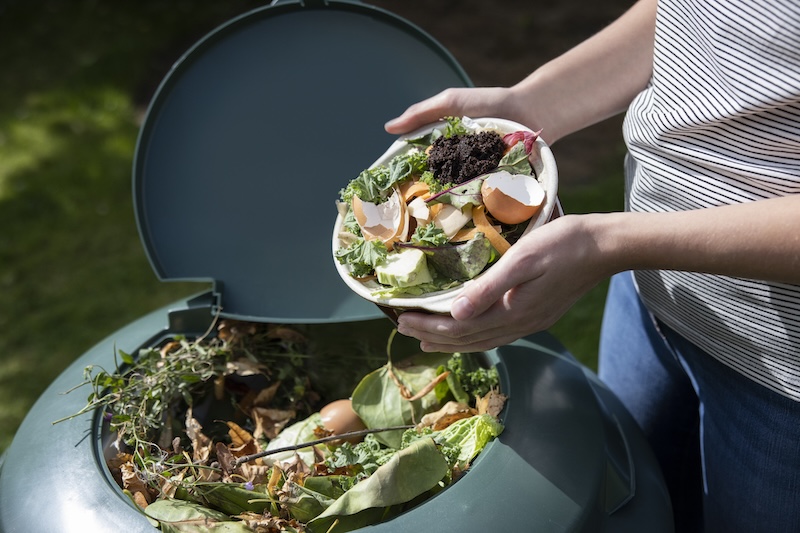Tips for sustainable living at home
If you want to live a more sustainable lifestyle, but aren’t sure where to start, there are plenty of small changes you can make at home to reduce your carbon footprint and lower your living costs.

Use less water
Even something like washing vegetables can use up more water than you think. Here are some small ways you can save water:
- Switch to showers
- Get a water butt
- Turn your taps off
- Reuse water
- Maintain your appliances
If you want more details, check out our blog on tips for saving water at home.
Reduce food waste
The UK throws away 9.5 million tonnes of food waste every year, but there are several ways you can drastically cut down on how much food you waste.
Batch cook
Dishes like curry, stew and bolognese can all be cooked in large quantities and then frozen. It’s a great way of using up vegetables you’d normally end up throwing away.
Meal plan
If you buy ingredients you then end up not using, a good way to stop is to meal plan. Before you do your shop, plan exactly what meals you’ll be eating and make a list of everything you’ll need. You’ll find you’re throwing away less food because you haven’t bought anything you don’t need.
Use everything
Instead of throwing your fruit and vegetable peelings away, use them for something else. You can make crisps if you’re looking for a healthy snack, or use vegetable peelings for stock and the fruit peelings for marmalade.
If you’d rather be rid of them, consider turning them into compost for the garden. You can also repurpose tea bags and eggshells this way.
Save on lighting
There are a couple of easy changes you can make when it comes to your lights to be more sustainable.
Switch off
Try to switch off your lights whenever you’re not in the room, even if you’re going to be back in a few minutes. It can save a lot of electricity.
And when the weather is bright, try to avoid switching lights on during the day. If natural daylight isn’t enough, you could try using a solar-powered lamp.
Swap bulbs
Consider switching all your lightbulbs to energy-saving or LED bulbs. They use much less power and are easy to install. Another option is motion sensor lights, although these may be slightly more expensive and can be inconvenient if you own a pet.
Long-term changes
If you want to be more sustainable on a long-term basis here are some things you can invest in:
- Solar panels: using a renewable energy source can help lower your energy costs, and it’s also better for the environment.
- Insulation: If you don’t have insulation already, it’s a great way to be more sustainable. It’ll keep your house warm in the winter and cool in the summer, reducing the need to put your heating on or use fans.
Looking for home insurance? Get a quote with 1st Central.